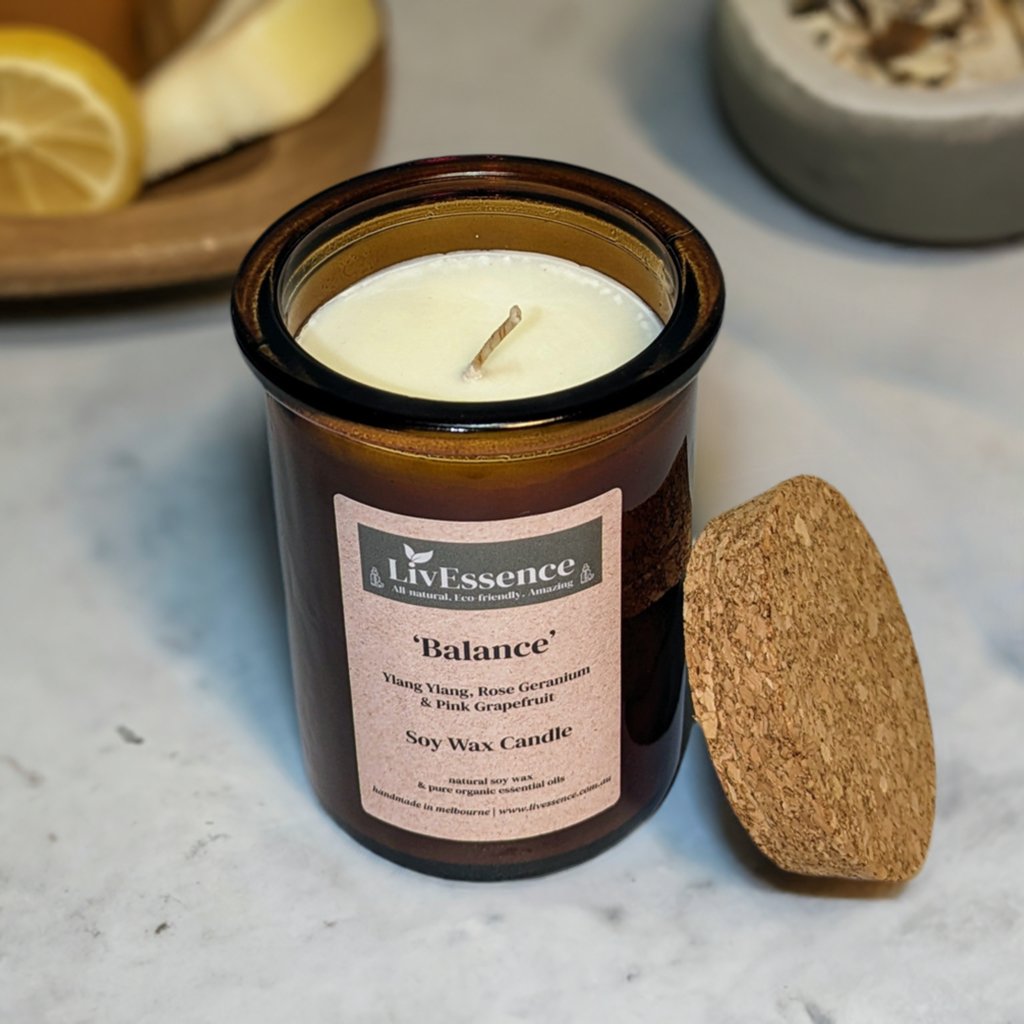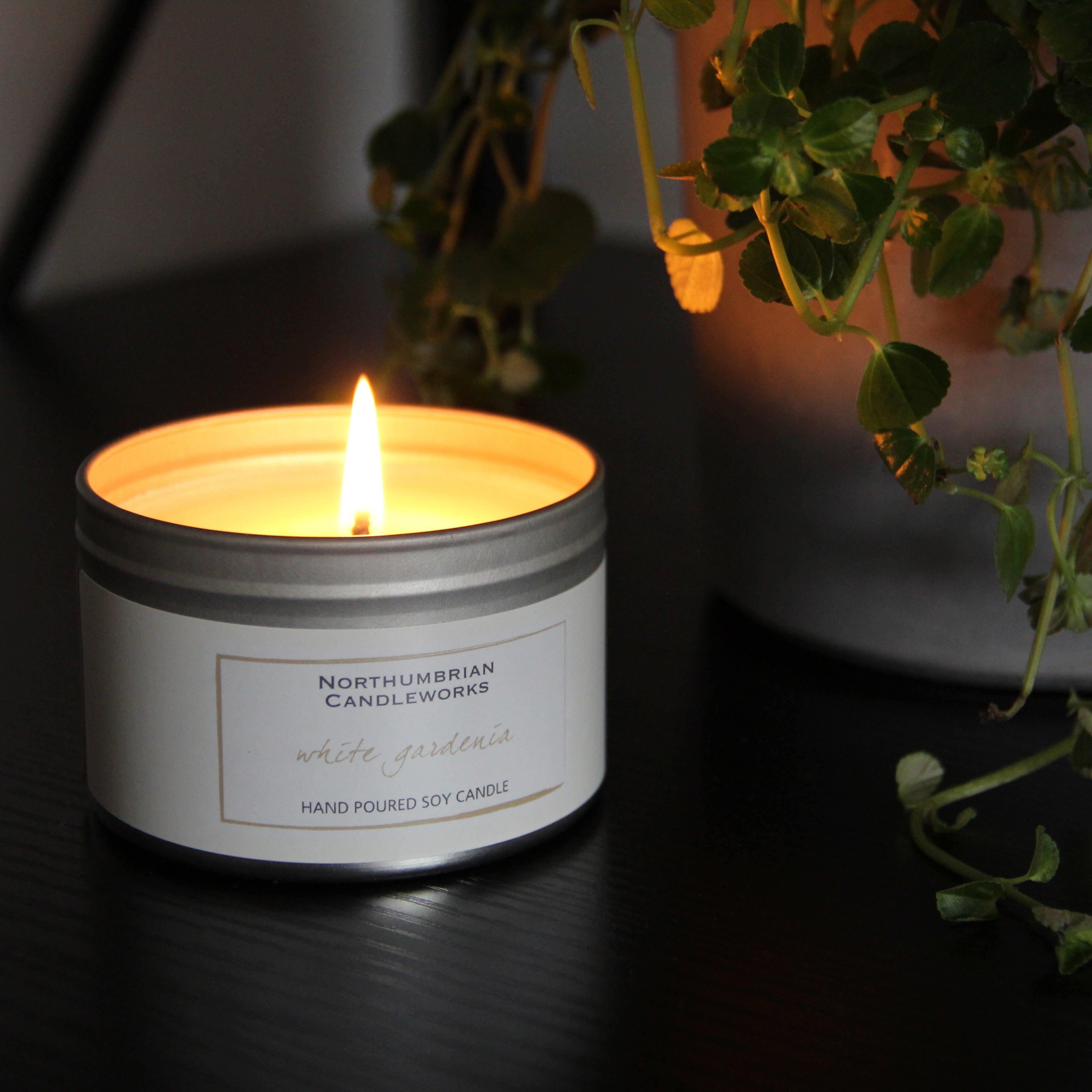Learn the Magic of Crystal Soy Candles and Home Fragrance
Learn the Magic of Crystal Soy Candles and Home Fragrance
Blog Article
From Wick to Wax: Understanding the Chemistry Behind Soy Wax Candles and Their Ecological Effect
As we illuminate our spaces with the warm glow of candles, there exists a realm of detailed chemistry behind the seemingly basic act of lighting a soy wax candle. Join us as we unravel the scientific intricacies behind soy wax candle lights and discover their ramifications on our environment.
Soy Wax Vs. Paraffin Wax
When contrasting soy wax and paraffin wax for candle light production, it is necessary to recognize the distinct qualities and advantages of each material. Soy wax is an all-natural, eco-friendly resource derived from soybean oil, making it environment-friendly and naturally degradable - candles. On the other hand, paraffin wax is a byproduct of oil refining, which raises worries about its ecological impact and sustainability
Soy wax candle lights shed cleaner and produce less soot compared to paraffin wax candle lights, making them a healthier choice for indoor air quality. In addition, soy wax has a reduced melting point, enabling for a longer-lasting candle that distributes scent better. Paraffin wax, on the various other hand, has a tendency to melt faster and much less cleanly, possibly releasing harmful chemicals into the air.
From a sustainability viewpoint, soy wax is preferred for its biodegradability and sustainable sourcing, straightening with the growing customer preference for environmentally conscious products. While paraffin wax has been a standard selection in candle light making as a result of its price and convenience of use, the shift in the direction of environment-friendly alternatives like soy wax is gaining momentum in the sector.
Chemical Structure of Soy Wax

Burning Process in Soy Candles
The chemical composition of soy wax directly affects the burning process in soy candles, impacting variables such as melt time, fragrance release, and ecological effect. When a soy candle light is lit, the warm from the flame thaws the wax near the wick. This liquid wax is then prepared the wick due to capillary action. As the fluid wax reaches the flame, it vaporizes and undergoes combustion. The combustion procedure entails the vaporized hydrocarbons in the wax reacting with oxygen in the air to produce warm, light, water vapor, and co2.
The combustion efficiency of soy candles is influenced by the purity of the soy wax and the quality of the wick. In addition, soy wax candle lights have a lower ecological effect contrasted to paraffin candles due to their eco-friendly and eco-friendly nature.

Ecological Benefits of Soy Wax

Taken into consideration a lasting alternative to traditional paraffin wax, soy wax uses remarkable environmental advantages that make it a prominent selection among eco-conscious customers. One significant advantage of soy wax is its eco-friendly sourcing. Soy wax is stemmed from soybean oil, which is predominantly grown in the USA. The cultivation of soybeans helps sustain local farmers and lowers the dependence on non-renewable nonrenewable fuel sources used in paraffin wax manufacturing. Additionally, soy wax is biodegradable, meaning it damages down naturally without launching harmful toxic substances right into the atmosphere. This particular makes soy wax candles an extra eco-friendly option compared to paraffin wax candles, which are made from petroleum, a non-renewable source. Furthermore, soy wax burns cleaner and generates less residue than paraffin wax, adding to better indoor air high quality and minimizing the requirement for cleansing and upkeep. Overall, the ecological advantages of soy wax straighten with the growing demand for environment-friendly and sustainable products in the marketplace.
Recycling and Disposal Factors To Consider
Reusing and proper disposal of soy wax candles play an important duty in preserving environmental sustainability and minimizing waste in houses and neighborhoods. When it comes to reusing more info here soy wax candles, the initial step is to make sure that the candle light has shed totally.

In terms of disposal, if recycling is not an alternative, soy wax candle lights are naturally degradable and can be safely thrown away in most family waste systems. However, it is constantly advised to check with neighborhood recycling facilities or waste management solutions for specific standards on candle light disposal to make sure proper handling and environmental management.
Final Thought
To conclude, the chemistry behind soy view wax candle lights exposes their environmental benefits over paraffin wax candle lights. Soy wax, acquired from soybean oil, burns cleaner and creates much less soot when contrasted to paraffin wax. The burning procedure in soy candle lights is more reliable, bring about a longer and more also shed. Furthermore, soy wax is sustainable and naturally degradable, making it a more sustainable choice for candle production. Recycling and correct disposal of soy wax candle lights better add look these up to their ecological impact.
When contrasting soy wax and paraffin wax for candle light making, it is crucial to comprehend the unique characteristics and advantages of each product (soy wax candles).Soy wax candles shed cleaner and release less residue contrasted to paraffin wax candle lights, making them a much healthier selection for interior air top quality.Considered a sustainable alternative to conventional paraffin wax, soy wax offers significant ecological benefits that make it a preferred selection among eco-conscious customers. Soy wax burns cleaner and generates less soot than paraffin wax, contributing to better interior air top quality and decreasing the demand for cleansing and upkeep.In verdict, the chemistry behind soy wax candle lights reveals their ecological benefits over paraffin wax candles
Report this page